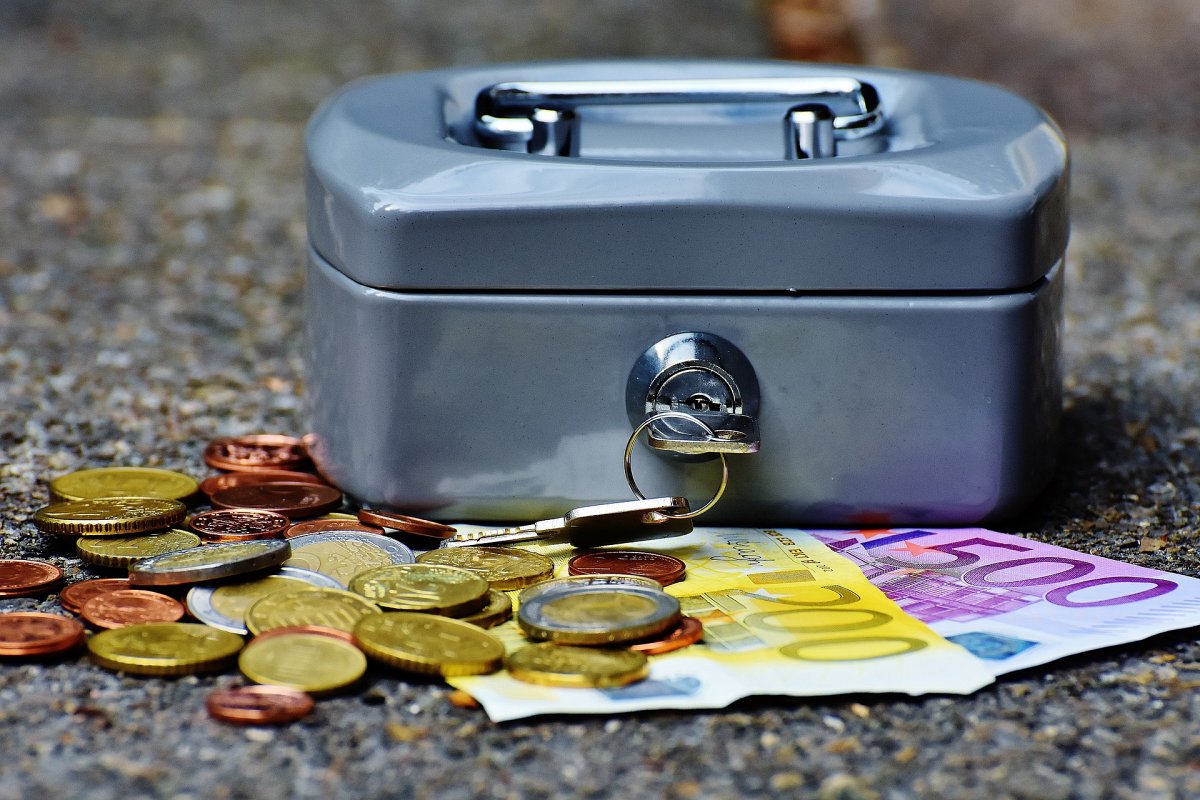Life is full of unexpected twists and turns, and having a financial safety net can make all the difference. Enter emergency funds – your shield against life’s unpredictable curveballs. In this comprehensive guide, we’ll delve into the critical importance of emergency funds, why you need one, and the step-by-step process to build it. By the end of this journey, you’ll be well-equipped to embrace financial resilience and secure your peace of mind.
Table of Contents
Understanding Emergency Funds

Defining Emergency Funds: What Are They and Why Do You Need Them?
At its core, an emergency fund is a dedicated savings fund designed to cover sudden and unanticipated expenses. It acts as a financial buffer, ensuring that you’re prepared to face life’s unexpected curveballs without derailing your financial stability.
The Crucial Role of Emergency Funds: Safeguarding Your Financial Well-being
Emergency funds play a vital role in providing a safety net for your financial well-being. They serve as a financial cushion, allowing you to weather unexpected storms and maintain your financial health.
Building Your Emergency Fund: A Step-by-Step Guide
Setting Clear Savings Goals: Tailoring Your Fund to Your Needs
The first step in building an emergency fund is setting clear savings goals. Consider your unique financial situation and determine the amount needed to cover essential expenses for a designated period, typically three to six months.

Implementing Automatic Savings Strategies: Consistency Is Key
Consistency is crucial when it comes to building an emergency fund. Implement automatic transfers from your primary account to your dedicated fund account. This systematic approach ensures that you’re consistently contributing to your fund without fail.
Ensuring Accessibility and Allocation: Balancing Liquidity and Returns
Selecting the right savings account or financial instrument is essential to ensure accessibility and growth. Balancing liquidity for immediate access with the potential for returns helps optimize your emergency fund’s effectiveness.
Real-Life Scenarios and Examples: How Emergency Funds Make a Difference
Navigating Unforeseen Medical Expenses: Financial Resilience in Healthcare
Medical emergencies can strike unexpectedly, leading to significant financial stress. An emergency fund acts as a safety net, allowing you to cover medical bills, treatments, and prescriptions while safeguarding your financial stability.
Dealing with Sudden Job Loss: Softening the Blow of Unemployment

Losing a job can be emotionally and financially challenging. An emergency fund provides temporary relief by covering essential expenses during the job search, reducing stress and allowing you to focus on finding your next opportunity.
Addressing Home or Car Repairs: Tackling Unexpected Repair Costs
Home and car repairs are inevitable, and their sudden appearance can disrupt your financial plans. An emergency fund prevents these unforeseen expenses from derailing your progress and offers peace of mind.
Benefits of Having an Emergency Fund: More Than Just Financial Security
Achieving Peace of Mind: Embracing Financial Confidence
One of the most significant benefits of an emergency fund is the peace of mind it brings. Knowing that you’re financially prepared for unexpected situations empowers you to navigate challenges with confidence and poise.
Avoiding High-Interest Debt: Averting the Debt Cycle

Relying on credit cards or loans during emergencies can lead to high-interest debt. An emergency fund eliminates the need for borrowing and protects you from falling into a cycle of costly debt.
Being Prepared for Life’s Curveballs: Adapting to the Unexpected
Life is filled with uncertainties, and an emergency fund equips you to face them head-on. Whether it’s a sudden medical expense, a broken appliance, or unexpected travel, you’ll have the financial readiness to adapt and overcome.
Practical Tips for Establishing Your Emergency Fund: Taking Action Today
Assessing Your Needs and Expenses: Calculating Your Fund’s Size
Begin by evaluating your monthly expenses to determine the ideal size of your emergency fund. Consider both fixed and variable costs to ensure comprehensive coverage.
Embracing a Frugal Lifestyle: Maximizing Savings Potential
Adopting a frugal lifestyle allows you to cut unnecessary expenses and redirect more funds into your emergency fund. Identify areas where you can make meaningful cuts without sacrificing your quality of life.
Exploring Additional Income Streams: Boosting Fund Growth
Supplement your primary income by exploring side gigs, freelance work, or part-time opportunities. The extra income accelerates your emergency fund’s growth and enhances your financial preparedness.

Conclusion: Your Path to Financial Resilience
In conclusion, emergency funds serve as a cornerstone of financial resilience and security. By understanding their critical role, meticulously building a robust fund, and embracing proactive financial habits, you’re proactively safeguarding your financial well-being. An emergency fund not only provides a safety net during challenging times but also empowers you to navigate life’s uncertainties with confidence. Start building your emergency fund today, and embark on a transformative journey toward lasting financial peace of mind. Remember, when the unexpected happens, your emergency fund will be your steadfast companion, offering you the stability and freedom to thrive.


